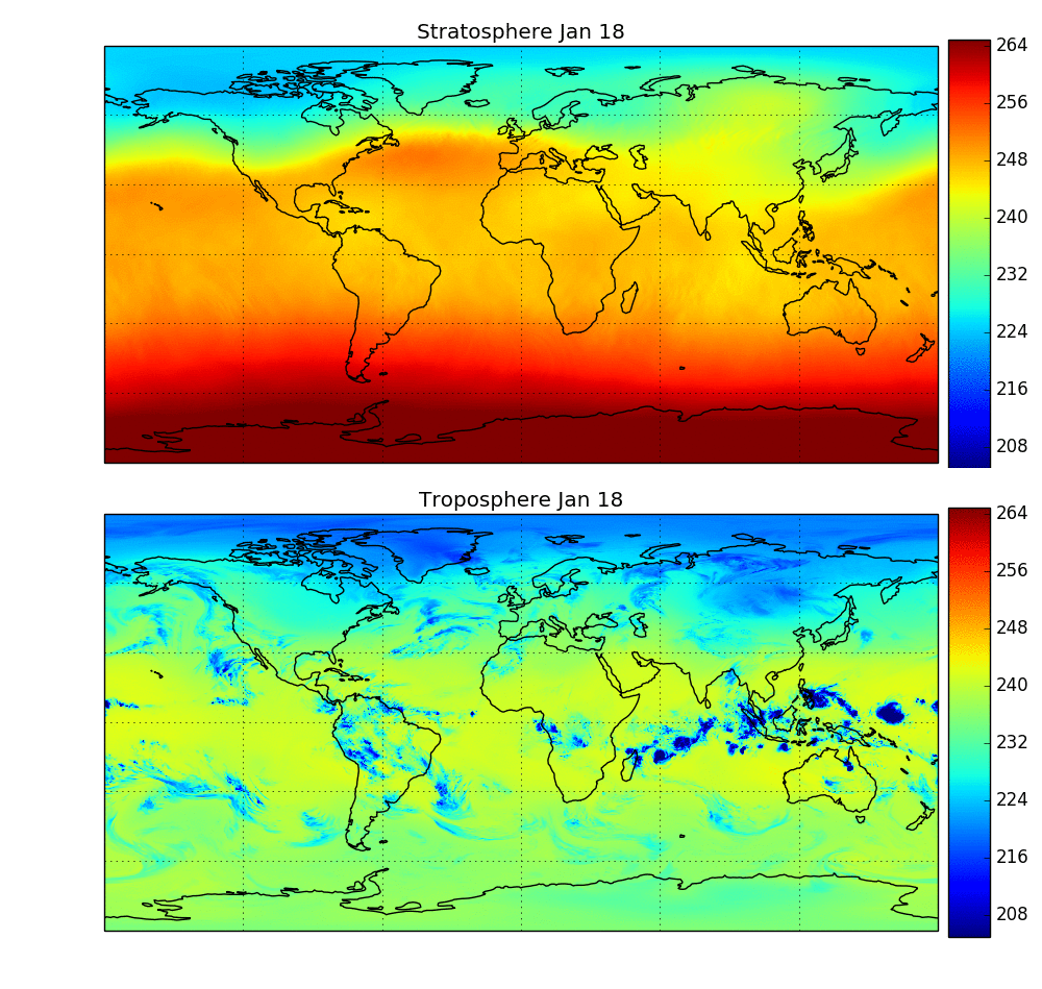Publié le 4 février 2019
The Earth observation scientific community is invited to participate in a European Space Agency User Consultation Meeting at the Robinson College, University of Cambridge in Cambridge, United Kingdom on 16–17 July 2019. This consultation forms a critical input to the decision-making process that will lead to the selection of ESA’s ninth Earth Explorer mission.
Two candidate Earth Explorer fast-track missions – FORUM and SKIM – have been undergoing feasibility studies since November 2017, the conclusions of which are detailed in corresponding Reports for Mission Selection which will be published in June 2019.
Thanks to new technical developments, the Far-infrared Outgoing Radiation Understanding and Monitoring (FORUM) candidate would measure radiation emitted from Earth across the entire far-infrared part of the electromagnetic spectrum. Significantly, it measures in the 15–100 micron range, which has never previously been achieved from space. These observations are important because outgoing long wave radiation from the Earth system is affected by water vapour and cirrus clouds, in turn, playing a key role in regulating Earth’s temperature. FORUM’s benchmark measurements would improve our understanding of the greenhouse effect and, importantly, contribute to the accuracy of climate change assessments that form the basis for policy decisions.
The Sea-surface Kinematics Multiscale monitoring (SKIM) candidate would carry a novel wide-swath scanning multibeam radar altimeter to measure ocean-surface currents. Uniquely, it uses a Doppler technique, which offers more direct measurements than conventional satellite altimeters. These new measurements would improve our understanding of vertical and horizontal ocean–surface dynamics over the global ocean every few days. This would lead to better knowledge of how the ocean and atmosphere interact – for example, how atmospheric carbon dioxide is drawn down into the ocean. SKIM would have particular relevance for understanding the rapidly changing Arctic Ocean, and for observing equatorial regions where conventional satellite altimeters are unable to provide useful measurements of currents.
